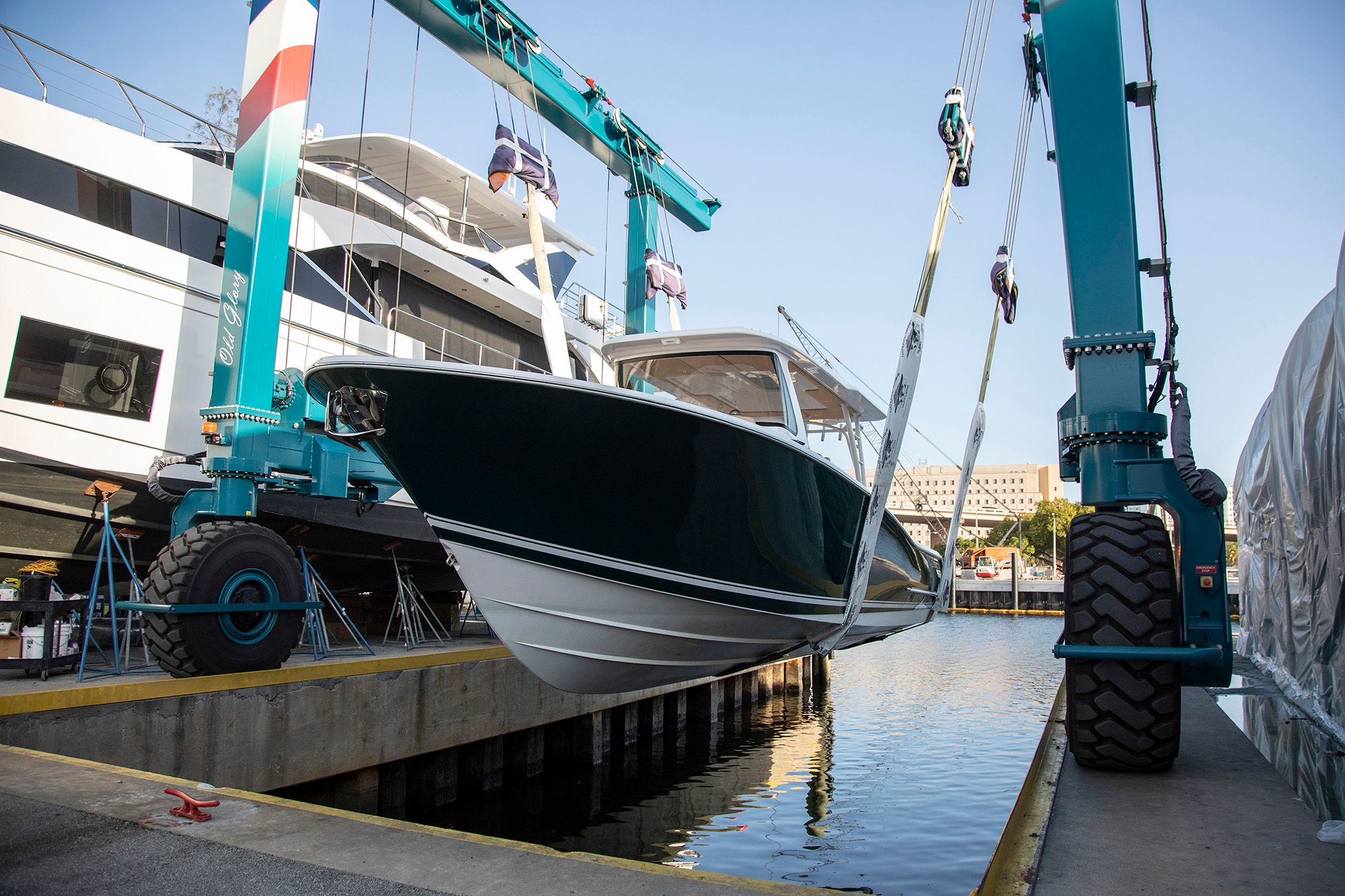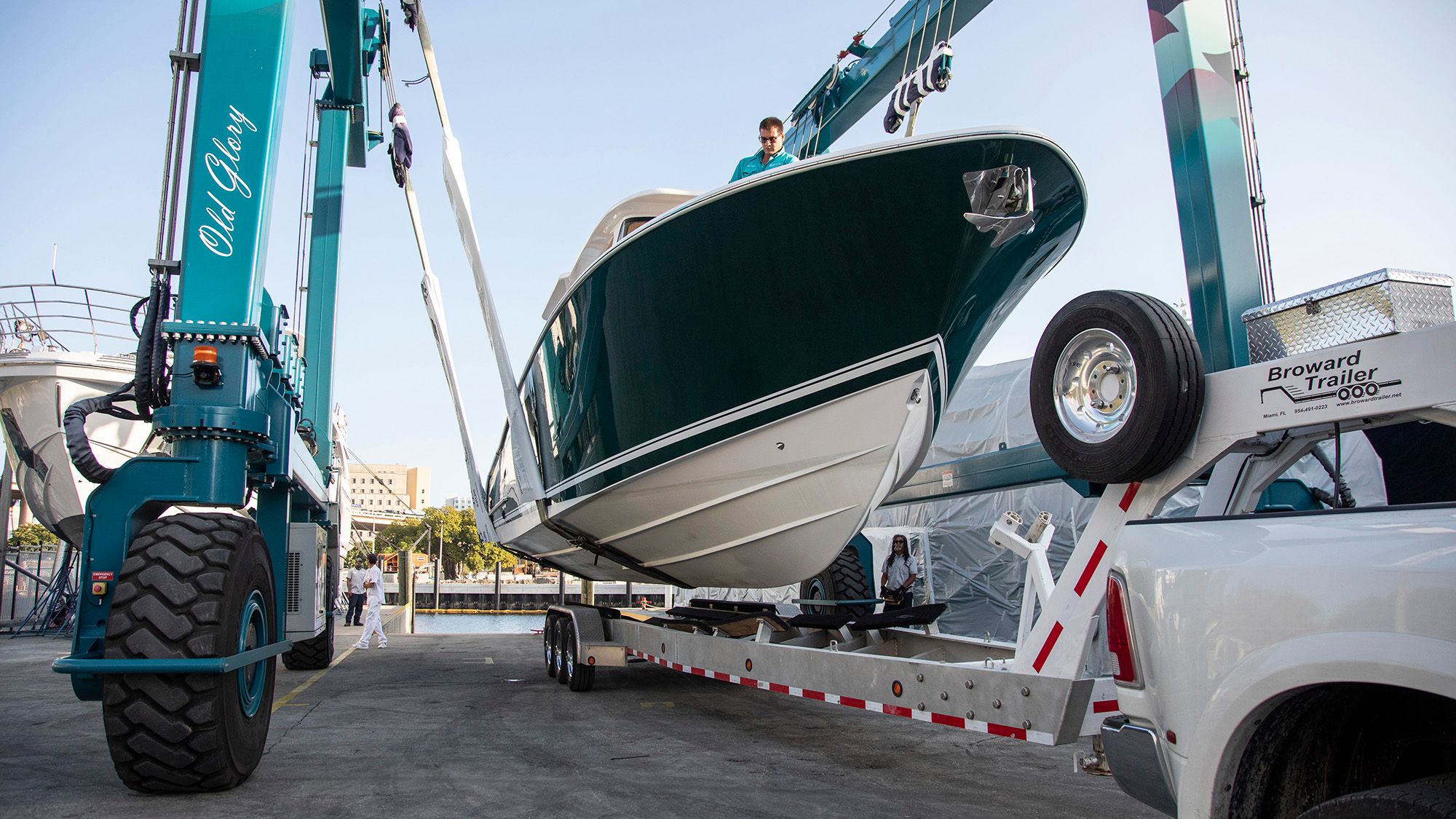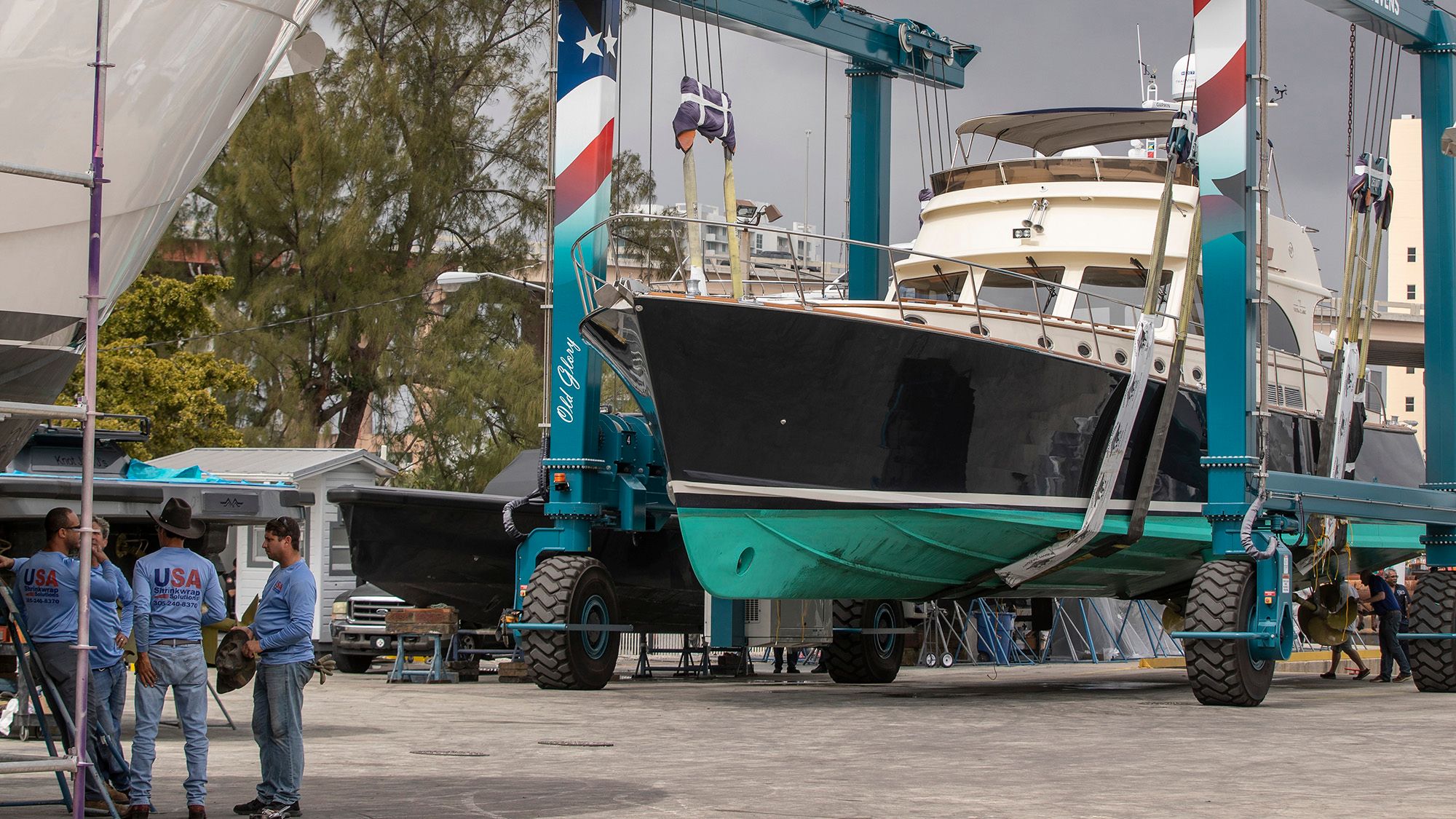
Lifting a Boat to a Dry Dock - Safety Tips
Boat lift safety
When it comes to boat lift safety, you'll want to follow a few tips that will help you avoid accidents.
These can include damage to your boat, injury or even death.
Dry docks are areas where merchant vessels and boats are stored for maintenance and repair. They can be a great asset for marine businesses. However, they can also be dangerous for workers who are working in the area.
Safety Checks

When lifting a boat to a dry dock, safety is of the utmost importance. The vessel must be properly secured to the lift, and if it is not, there are significant risks associated with dislodging the boat from the lift during extreme weather conditions https://www.marinetravelift.com/
This can lead to serious damage to the boat and lift. If you are unsure of the safety of your boat and lift, contact your marine insurance provider for guidance.
Another important safety check to perform is determining whether your boat and lift can handle high water. If the water is too deep, it could cause the boat to sink or become trapped in the lift. This could result in major damage to your boat and lift, including loss of structural integrity.
Likewise, if your lift is too shallow, you could find that the lift becomes submerged and is unable to support your boat. The water could also cause your boat to dislodge from the lift and potentially fall into the water.
If you suspect that your lift is not functioning as it should, you must check for wiring problems. Poor wiring can disconnect cables, causing the motor to slow down or even stop working completely.
Additionally, corrosion in electrical wiring can increase resistance in the circuit, causing the breaker to trip and the lift to stop operating. If this occurs, the lift should be shut off and you must consult your marina’s electrician for repair.
A boat lift can help protect your vessel from corrosion and other issues that may develop if it is left in the water without proper maintenance. Rust, algae and other corrosive buildup can cause severe damage to the hull of your vessel and even ruin it.
The best way to avoid these problems is to store your vessel in a safe place that keeps it above water levels during storage. This can prevent scrapes and scuffs caused by rough waters and tide changes that can push and pull the boat into the dock.
It is also essential to ensure that your boat and lift can withstand the high water and wind that are common during storm surges or other abnormally high weather. Depending on the type of lift, you may need to take special precautions in these circumstances, such as removing your boat and storing it ashore if the water is too deep.
Lifting the Boat

https://www.rmkmerrill-stevens.com/yacht-centers/south-yard Before you begin to lift your boat to a dry dock, it’s important to follow several safety guidelines. These tips will help you avoid damaging your boat or lift, and prevent injuries. They’ll also ensure that you have a safe and enjoyable boating experience.
First, make sure that the lift you purchase can support your boat. This will depend on the size and shape of your boat, as well as its dry weight. This weight will include the published weight of your boat, along with water, fuel and any other items that you’ll be bringing onboard.
Next, empty any ballast before you dock the boat on the lift. This is because the ballast will add weight to the lift that it wasn’t designed for, which can wear out the lift faster and potentially damage it.
After you’ve emptied the ballast, move the boat to the lift and slowly drive it onto it. Be sure to position it side to side and front to back. This will ensure that the boat’s weight is evenly distributed throughout the cradle and that the cables won’t be damaged by excess weight in either the front or back of the boat.
If you’re not comfortable driving your boat to the lift yourself, hire a professional to do it for you. This way, you can relax and enjoy your time on the water, rather than worrying about whether you’re doing it right.
Once your boat is safely positioned on the lift, raise it slowly until it’s fully out of the water. This can be done using a motor equipped with a limit switch, which can prevent over-raising and causing damage.
One of the most common mistakes that people make when they use a lift is pushing it too far. This isn’t a good idea, as it can cause strain on the pulleys and cables, as well as damage the frame of your boat.
Another mistake is overloading the boat with gear or passengers. This can strain the cable system and put stress on the boat, causing it to come off the lift prematurely.
Steering Away from the Dock
If you are a boater, you know how frustrating it can be to come alongside a dock when the wind is blowing away from you. This is especially true when the wind is blowing hard and you have no time to do anything else.
The first thing you should do when a dock is in sight is turn the wheel toward the dock and give it slow forward power. This will cause the stern to swing out of the way and let you lay up against the dock without damage.
Next, you should increase the throttle a little and push the bow away from the dock. This will also help to move the stern away from the dock as well. Once you are clear of the dock, put the engine in reverse and slowly back up to the dock.
As you are backed up to the dock, have the crew on the bow release a spring line that has been run from your bow cleat to a piling or cleat well on the dock about one-third of the length of your boat aft of the bow. Then have the crew on the bow secure a fender between the dock and the bow so that you can lay up against it.
This method is not for everyone, as you must approach the dock narrowly to get a perfect match with your bow and stern against it. It is mostly like backing a car in a parking space.
Using this method is not ideal, but it is a great option when you do not have the time or the equipment to do any other type of docking. This technique works best when the wind is blowing towards the dock or when the current is moving inward.
When you are going to do this, make sure to have all of the lines ready and the boat fenders in place before you go out onto the water. This will prevent any accidents that may occur if your crew does not follow proper procedures. Be sure to keep your eye on the water to ensure that there are no obstacles or other boats to worry about.
Returning to the Dock

A dry dock is a safe place where ship maintenance and repair work can be completed. It is also an excellent way for a boat owner to keep their hull free of marine growth without using antifouling paints or other practices.
There are several different types of dry docks, including floating dry docks, graving dry docks and vertical synchro lifts. Each type of dry dock has its own benefits and drawbacks.
Floating dry docks are ideal for smaller boats and small yachts that do not exceed 80 feet in length. These are usually located in sheltered harbors that do not experience wave activity.
When a ship enters the dock, the keel of the vessel should be aligned with the keel blocks to ensure that the boat will not tip over or sink when the water level in the dry dock lowers. This is a critical step and the ship owner should follow instructions from the docking crew and dry dock master to make sure that the keel is lined up correctly.
The keel should be lifted slightly off the keel block when making contact, as this will help to reduce the load on the keel and hull of the ship. It is also important that the ship does not list port or starboard during this process, as it can cause damage to the hull.
Another important tip when entering the dry dock is to keep the stern and bow of the boat centered, which will help to reduce the load on the hull of the boat and the keel. This will also prevent the keel from flexing and potentially tipping over.
In addition to these tips, there are other safety measures that a boat owner can take when lifting their boat to a dry dock. For example, you may want to consider adding flood lights to your boat lift to increase visibility in the dark.
Finally, you should also check that the power is still available at your dock before trying to raise your boat. If it is not, you may need to get a generator to power the lift before it can be raised back up.
Similar Blogs

Copyright © 2024 RMK MERRILL STEVENS, All rights reserved.





